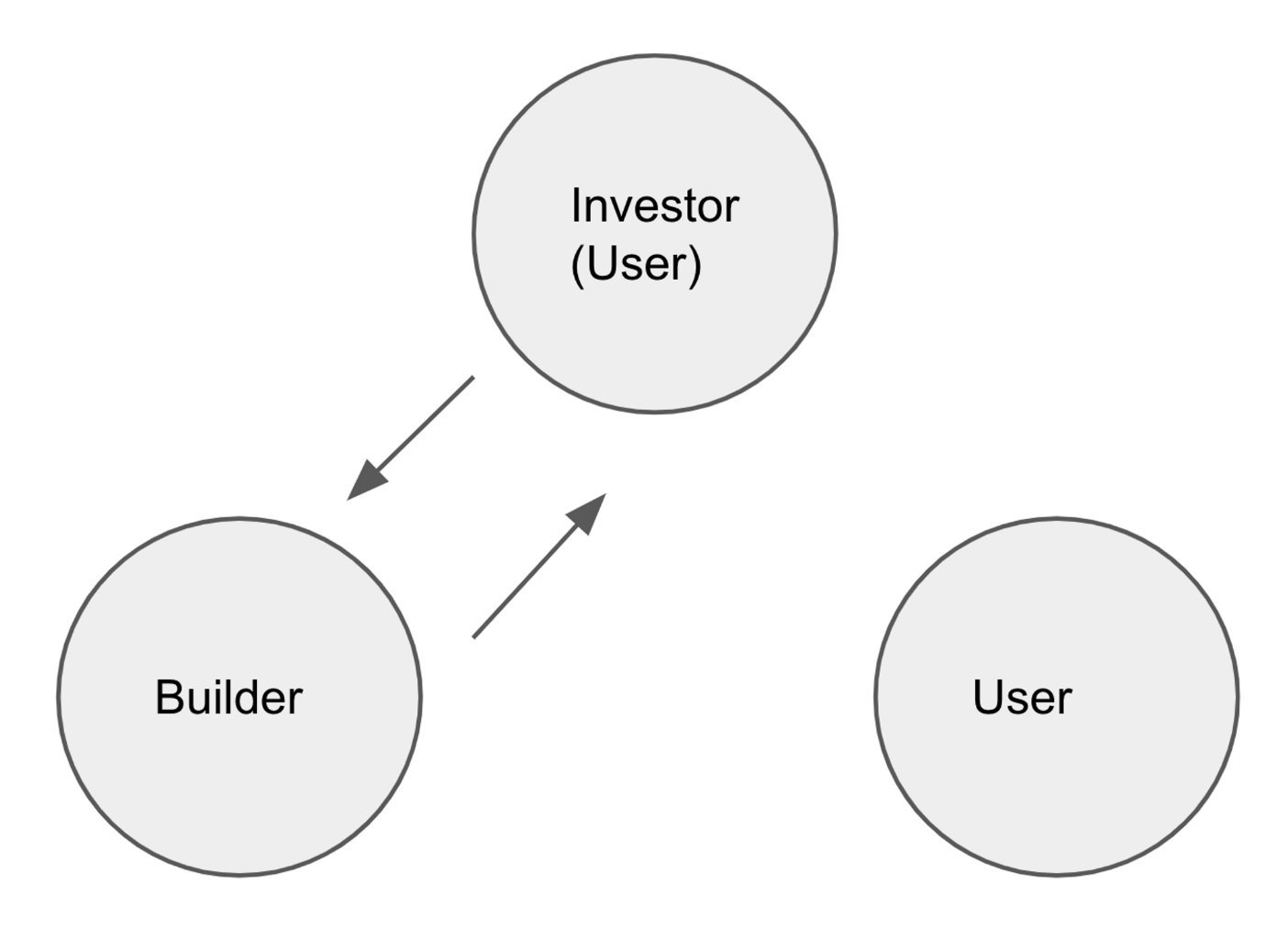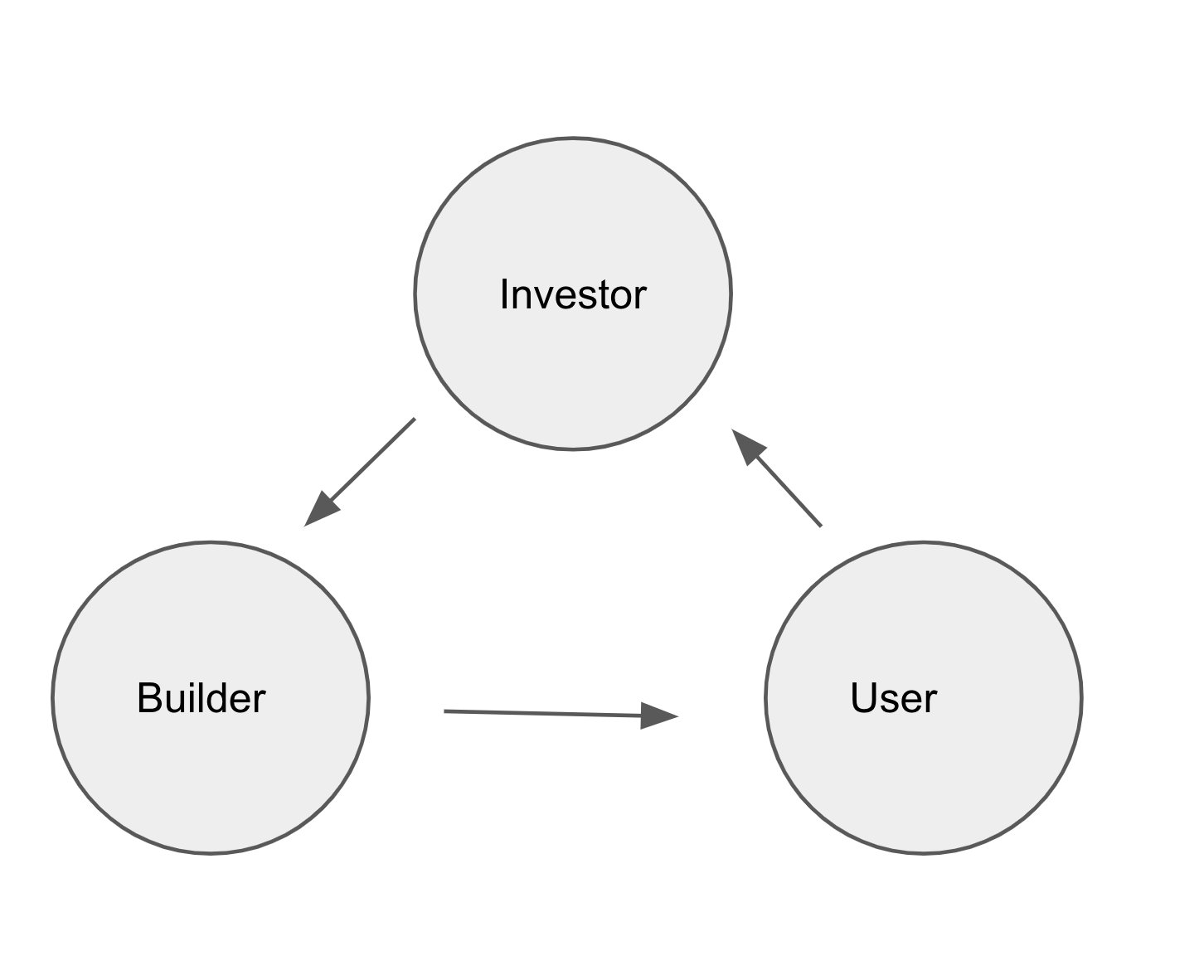A New Turn in the Cryptocurrency Industry: Shifting from Narrative Logic to Application Logic?
Author: jolestar
Last week, I participated in the Shanghai Blockchain Week developer Meetup and the Dali Move Hackerhouse, where I had many discussions with developers. After Token2049, the sentiment in many small essays was generally pessimistic. However, through conversations with developers, I sensed a turning point. To summarize: the Crypto & blockchain industry is shifting from a narrative logic to an application logic.
Narration plays an important role in this industry, and practitioners almost always start with narrating. In the early stages of the industry, due to incomplete infrastructure, it was very difficult to implement applications, so everyone had to "paint a pie" together to attract resources and build infrastructure.
At the same time, narration was also a means of competition for early participants in the industry, a way to weed out the weak. For an emerging industry, from the perspective of outsiders, the biggest risk is actually the collapse of the entire industry. Therefore, participants must send a signal of long-termism, painting a grand blueprint and claiming to solve some important future problem.
However, the cost of verbal signals is too low, leading to a competition of boasting, with each one trying to outdo the other in grandeur. This has left outsiders with the impression that people in this industry are always talking big and boasting.
So, to step up the game, participants need to send signals that have costs, quantifiable signals. Thus, everyone started to raise the difficulty. Whether it's high TPS, ZK, or chain issuance tools, the difficulty has indeed increased a level, and many teams that were merely boasting have been eliminated.
But this difficulty-focused approach aimed at narration is primarily for investors, completely bypassing users, similar to the short-circuit investment logic I previously mentioned in DeFi. The flywheel spins quickly, but soon hits a ceiling.

Figure 1: Growth Flywheel of Narrative Logic

Figure 2: Growth Flywheel of Application Logic
Now we find ourselves in a situation where the supply of infrastructure exceeds demand. In every niche area, there are several technically strong infrastructure teams, and most combinations have been tried, leading investors to lose their judgment indicators again.
The next wave must introduce the value judgments of end developers and users, returning to those two fundamental questions:
- What problems does blockchain infrastructure actually solve for application developers?
- Does blockchain infrastructure provide additional value to users, even offsetting their migration costs?
The first question, with the implementation and maturation of various infrastructure and scaling solutions, is that the overall development and operational costs of applications deployed on-chain will be lower than traditional cloud service solutions.
The second question is more important. Infrastructure needs to minimize the entry barriers for users and reduce their migration costs, but the additional value needs to be explored together with applications. We can try to put everything that can be placed on-chain onto the chain and see if new sparks can be generated through combinations.
In other words, the biggest competitor of Web3 infrastructure is actually cloud computing and application development hosting solutions based on cloud technology stacks. Many blockchain infrastructures, although also running on the cloud, completely shield the cloud services from the application layer, representing a new form.
For developers within the circle, there also needs to be a change in mindset. Due to the expensive cost of on-chain state space, developers have used many compromise solutions, avoiding the chain whenever possible. Now that the critical point of infrastructure supply has been reached, we can start treating blockchain as a database or application container, a programmable database, or a server space that can host applications. Everything that can be placed on-chain should be placed on-chain, which means Fully on-chain Applications.
This solution is also easier for developers outside the circle to understand. The chain is equivalent to a more open serverless platform, with a built-in unified account system and payment system, allowing applications to combine and call each other, making it an ideal application operating platform.
Of course, there is one more crucial question: where is the user entry point? Developers are confident in creating interesting applications, but how to cold start is a more challenging issue. The blockchain system unifies the account system, merging the users of applications and the platform into one. The platform needs to take on more responsibility for attracting users and helping applications cold start, a challenge that cloud platforms do not face. This topic will be explored further later.









